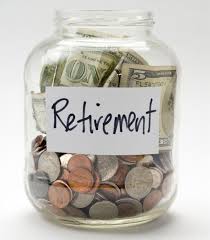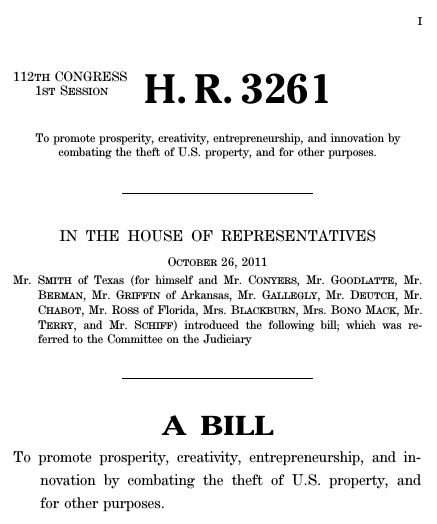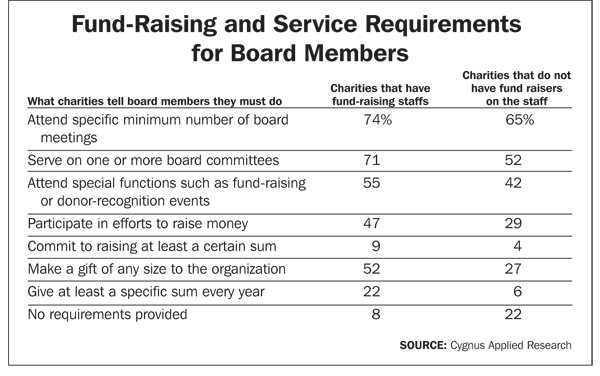(Advisor News)
American adults lack an understanding of how to turn their hard earned savings into a steady stream of income when they retire. A10 year comparison shows that while more Americans are estimating a safe withdrawal, with 23 percent of respondents thinking they can withdraw less than five percent of their retirement savings annually (up from 10 percent a decade back) – at least four in five Americans remain at risk.
A unique 10 year comparison survey, conducted before and after the Great Recession finds Americans still lack awareness when it comes to ways to avoid running out of money in retirement. The 2016 survey, released today and conducted by Ipsos Public Affairs, reveals that 77 percent of Americans over the age of 40 do not know how much of their retirement savings they can safely spend each year without running the risk of outliving their assets. In 2006, 90 percent of Americans did not know a safe withdrawal rate.
According to the survey, more than half of Americans over the age of 40 (58 percent) surveyed overestimated this safe withdrawal rate, which many experts benchmark at four percent annually for the typical retiree. A surprising 19 percent of respondents admit they do not know how much to withdraw without running out of money in retirement. At greatest risk are the more than three in 10 (31 percent) of all respondents who believe they can spend 10 percent or more of their savings each year. At that rate, based on historic investment returns, retirees risk running out of money in about 11 years or less – while studies show most of them will live significantly longer than that.
“There is a tremendous risk lurking in retirement – after years of doing your best to save, there is a risk of mismanaging that nest egg in retirement and running out of money,” said Dylan Huang, Head of Retirement Solutions at New York Life. “Turning your savings into income for yourself in retirement is not easy, but the first step is knowing that anything above five percent is way too high.”
Mr. Huang added, “Having a strategy to safely manage your savings to provide income for your entire retirement is more critical now than even 10 years ago. In 2006, with a favorable interest rate environment, retirees could potentially withdraw more than five percent from their nest egg and never run out of money. In the current interest rate environment, withdrawing even five percent is risky for many retirees. The likelihood they will run out of money is great. The good news is that Americans have become more informed on this point, with roughly 20 percent getting it right.”
National Retirement Planning Week – April 11 through April 15 – gives Americans good reason to evaluate how they are doing when it comes to saving for retirement. It also provides an opportunity to work with a trusted financial professional to develop a plan for how they’ll get income in retirement.
“Indicating an increased interest in ways to generate income, 58 percent of Americans are interested in learning about how to turn their savings into retirement income for life, up from 25 percent 10 years ago,” continued Mr. Huang. “Even further, 64 percent of pre-retirees are interested in learning about how to create their own pension-like income in retirement. Without the peace of mind that pension income provided to previous generations, pre-retirees are the first generation that needs to turn their savings into adequate income in retirement on their own. It is a positive finding that they are open to finding out how to do that.”



